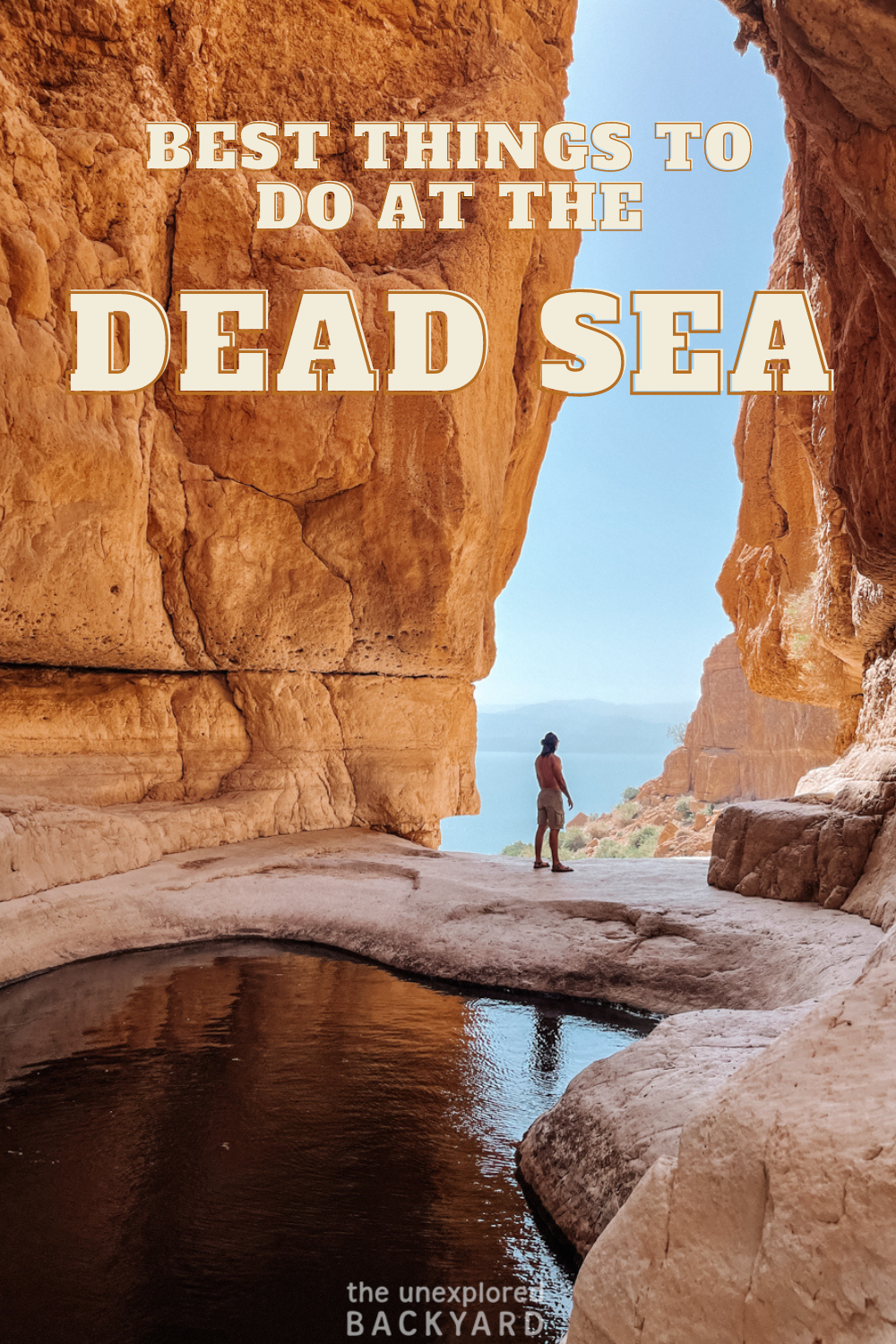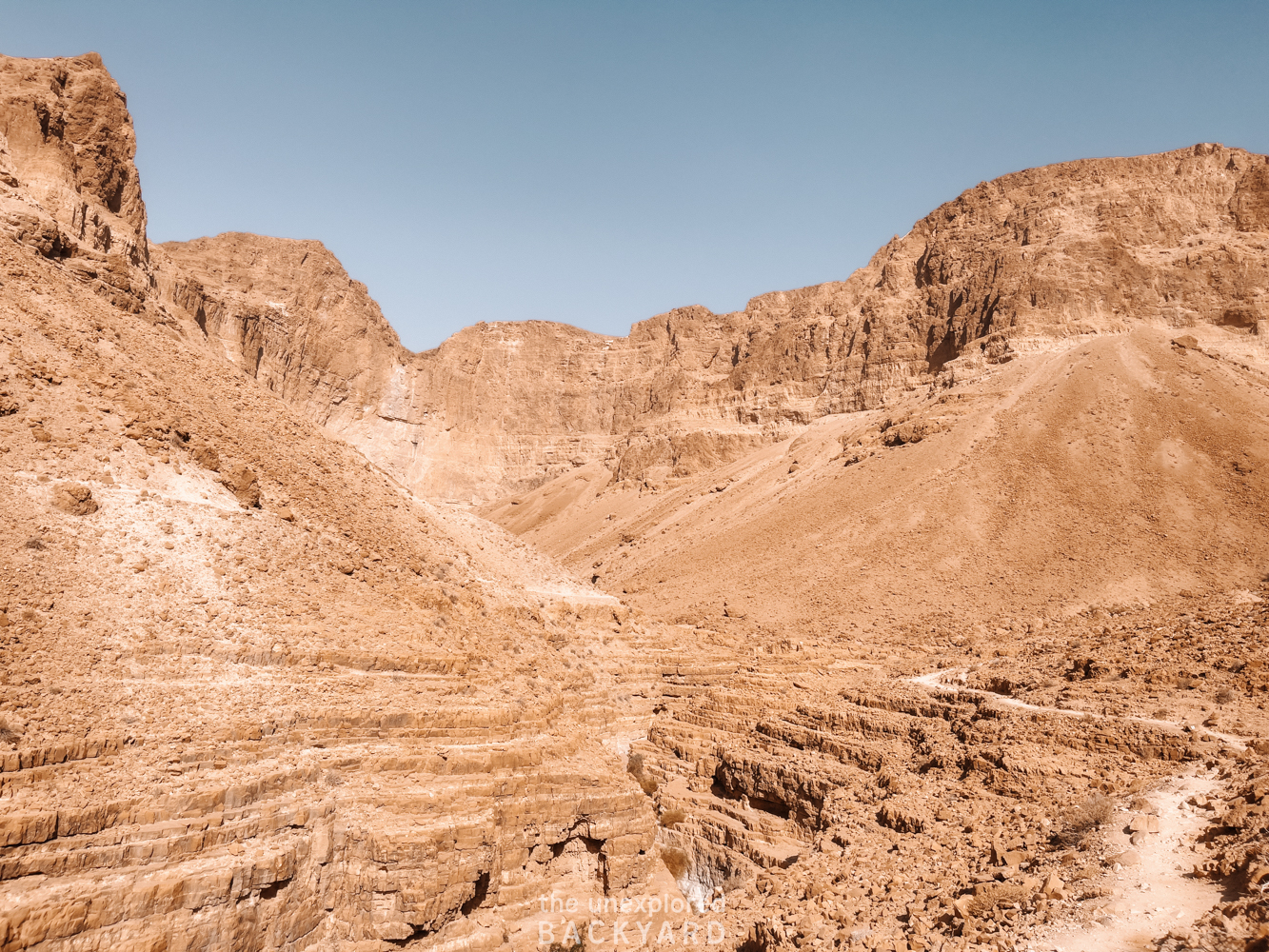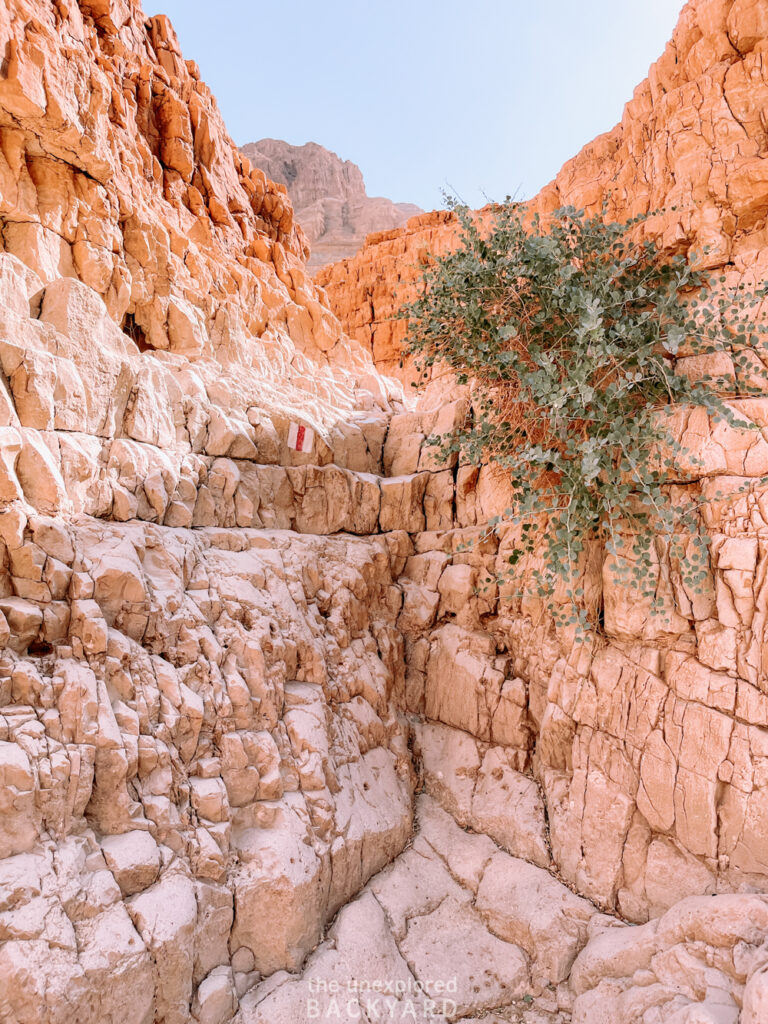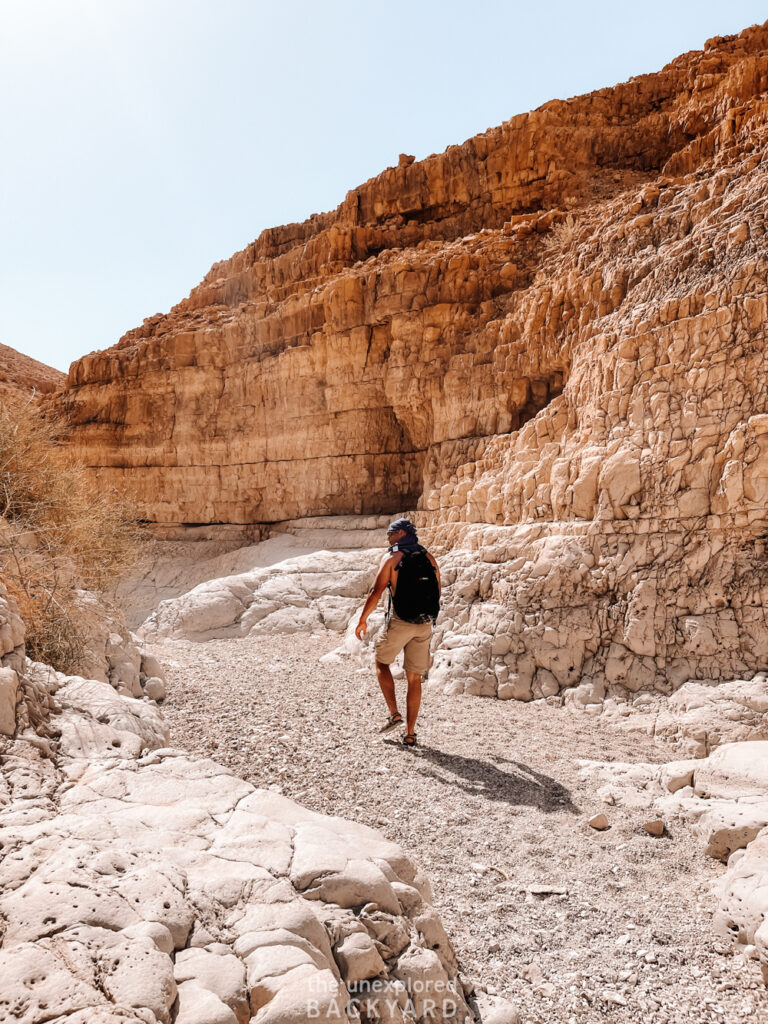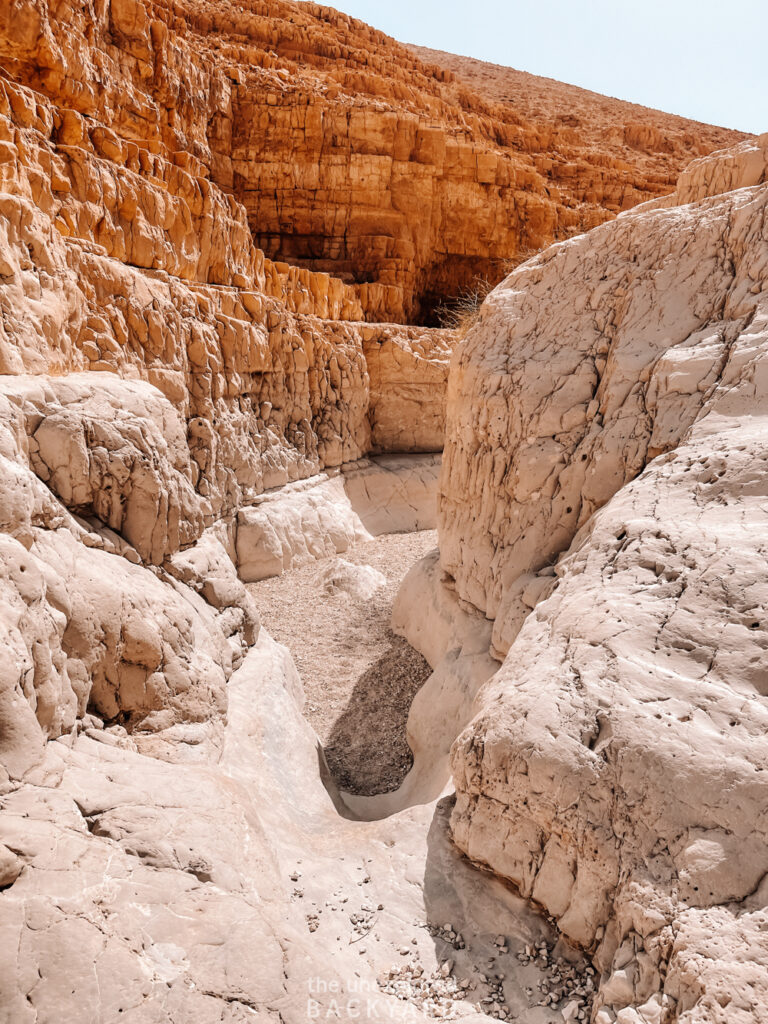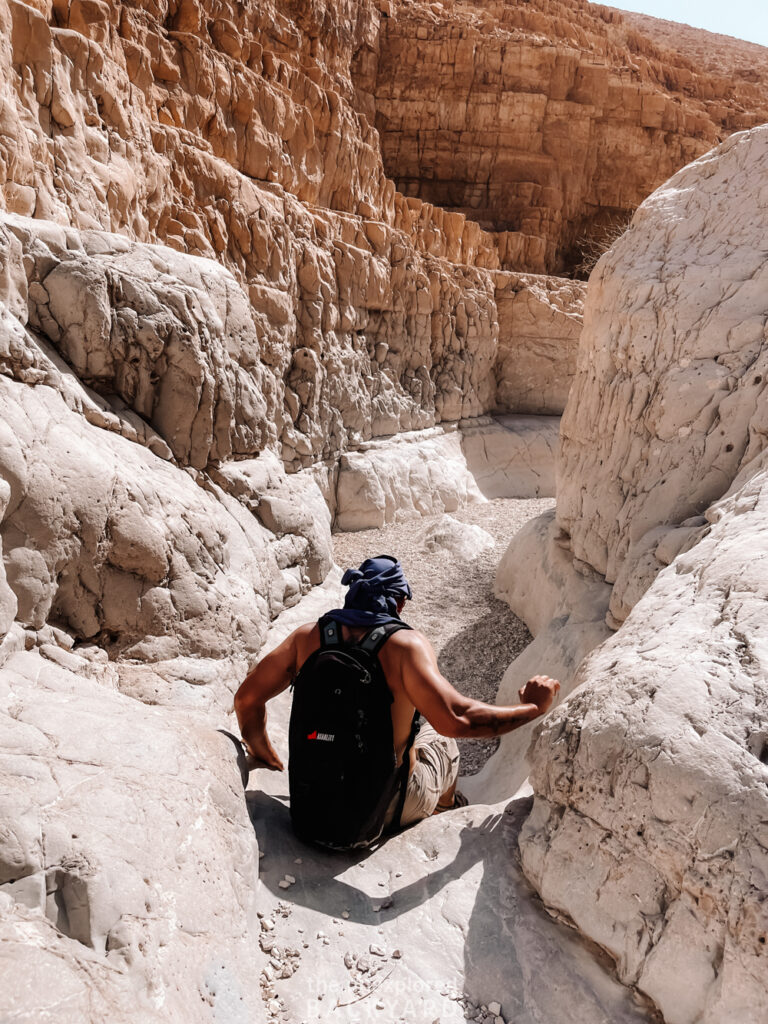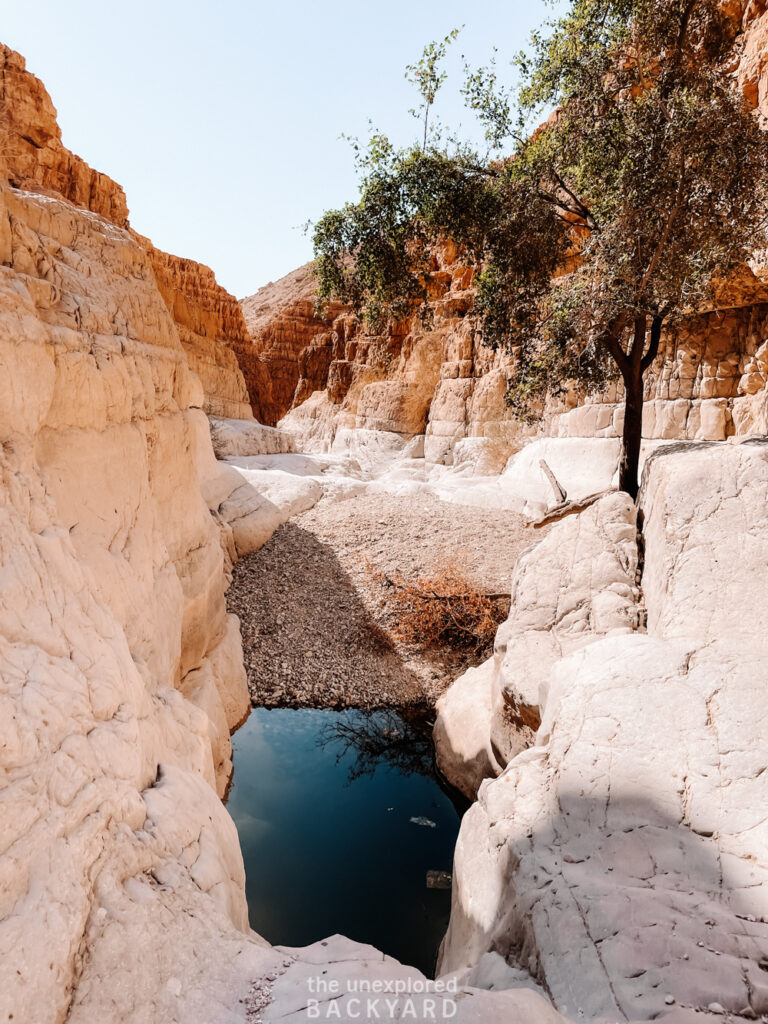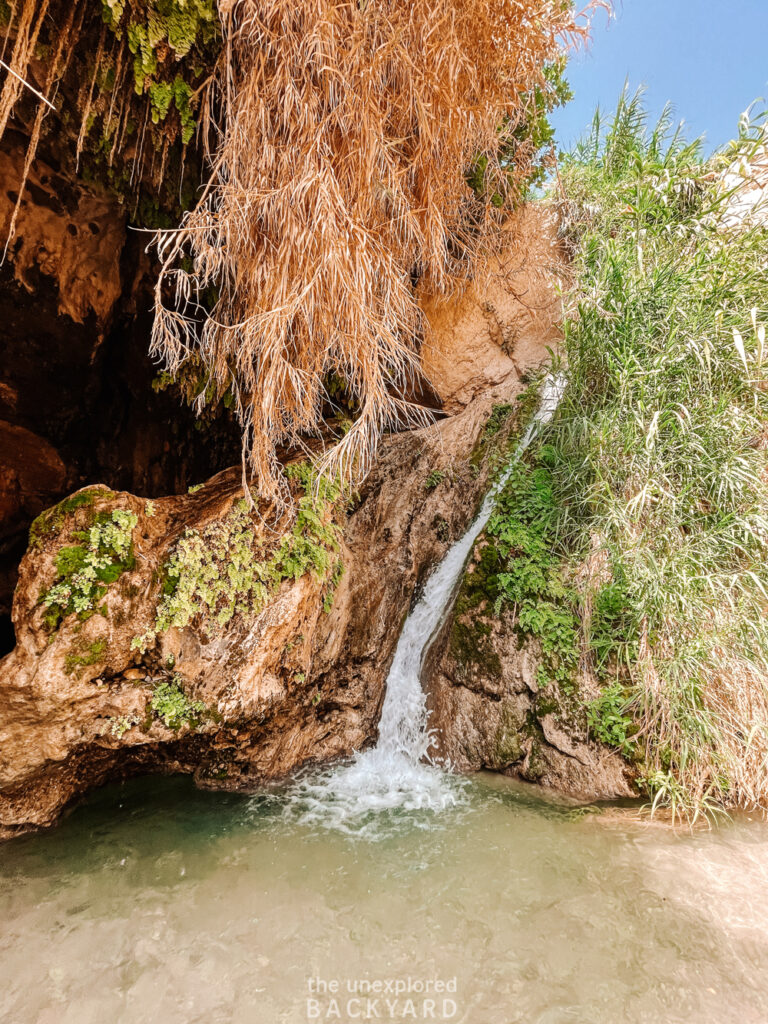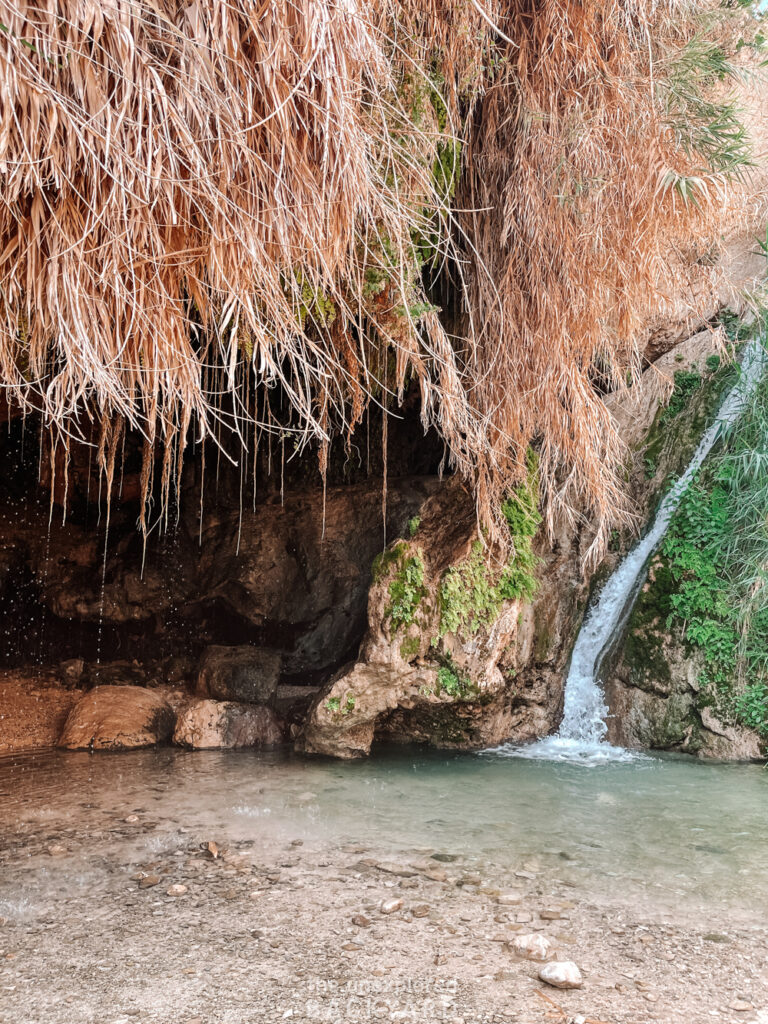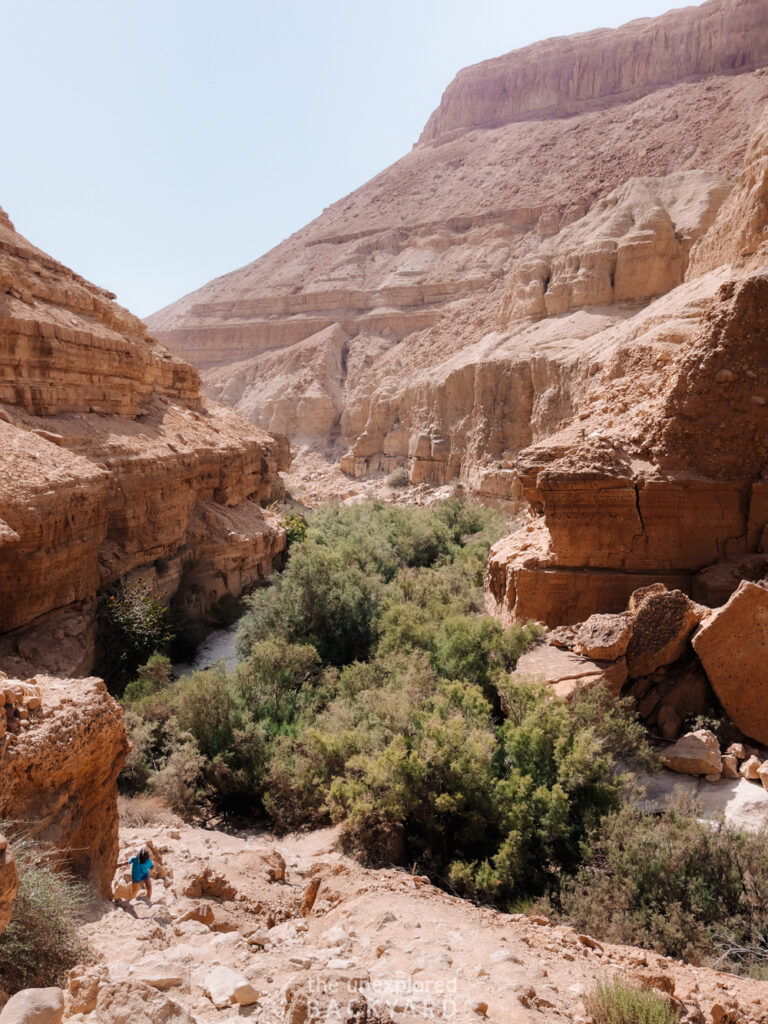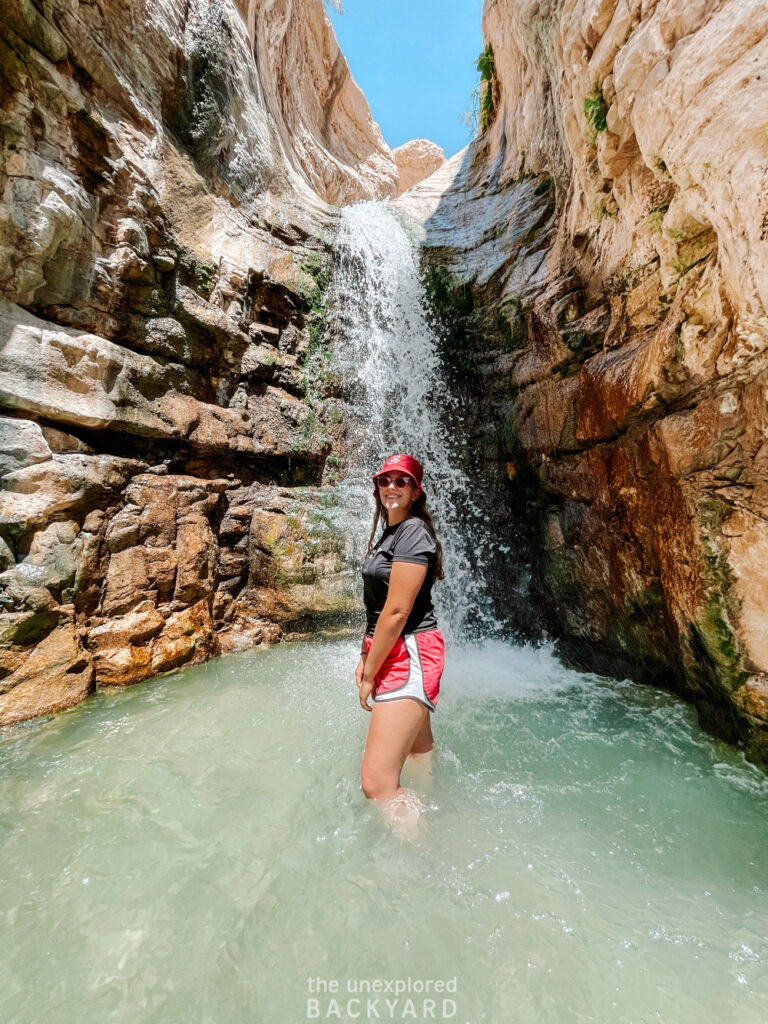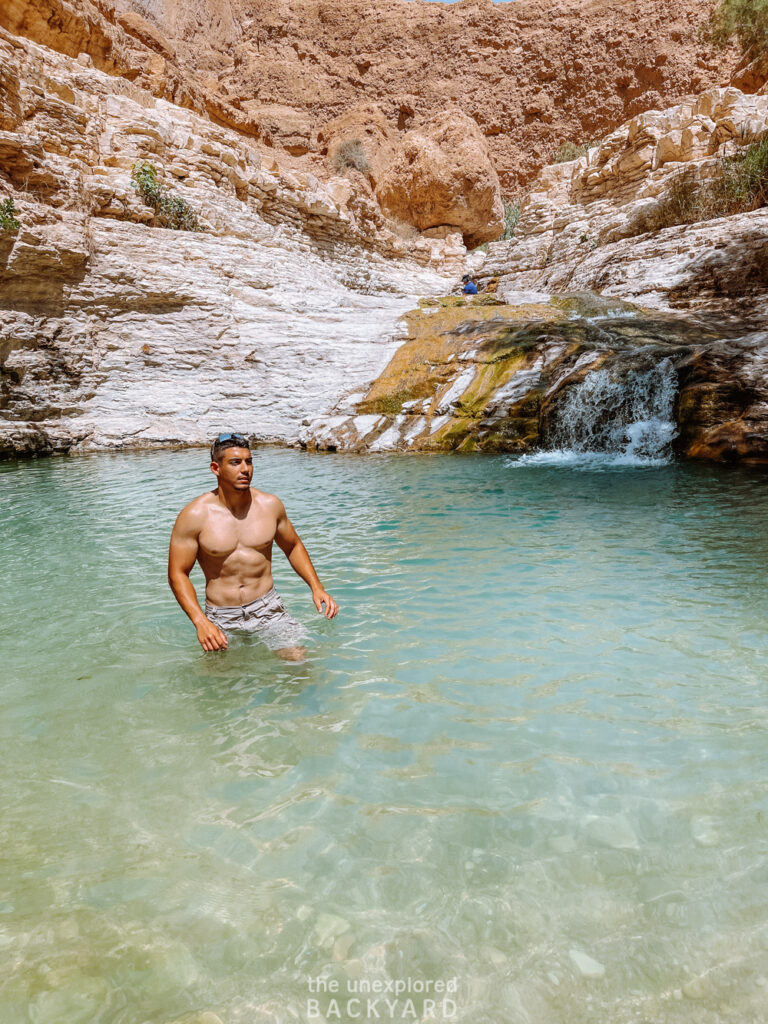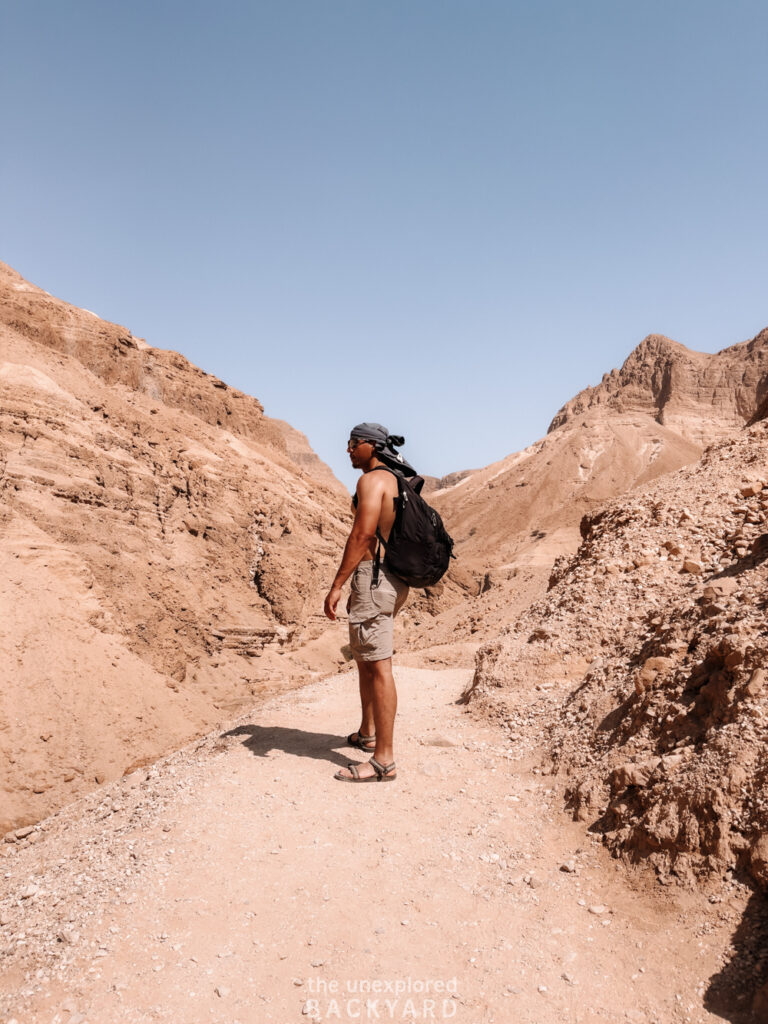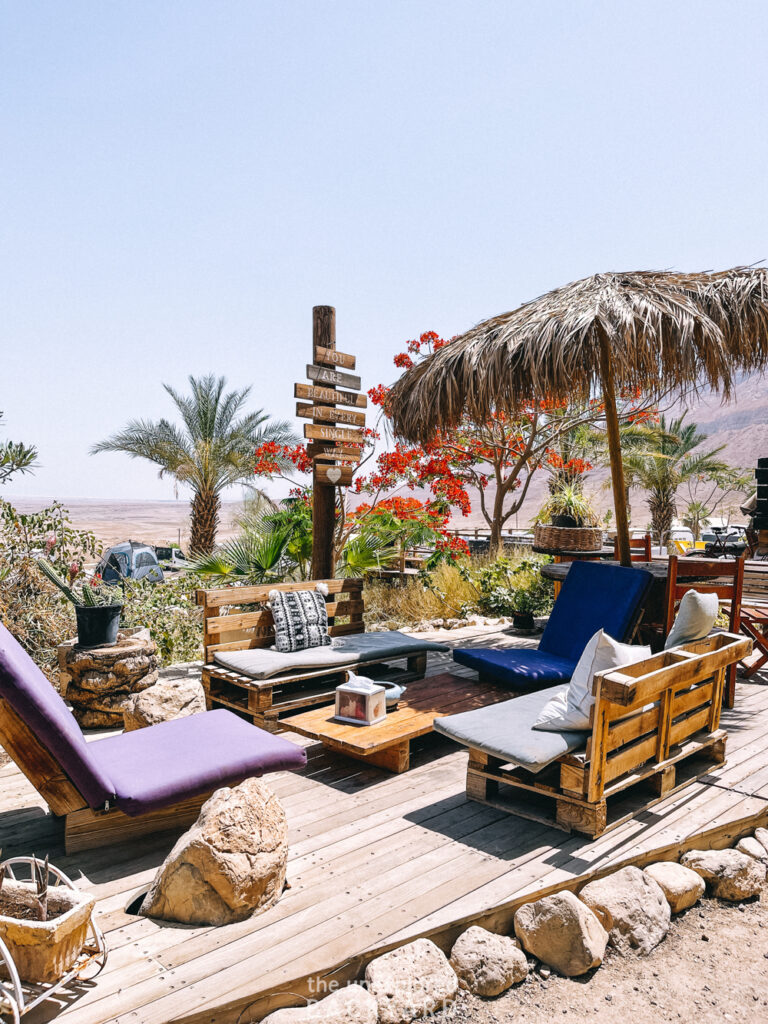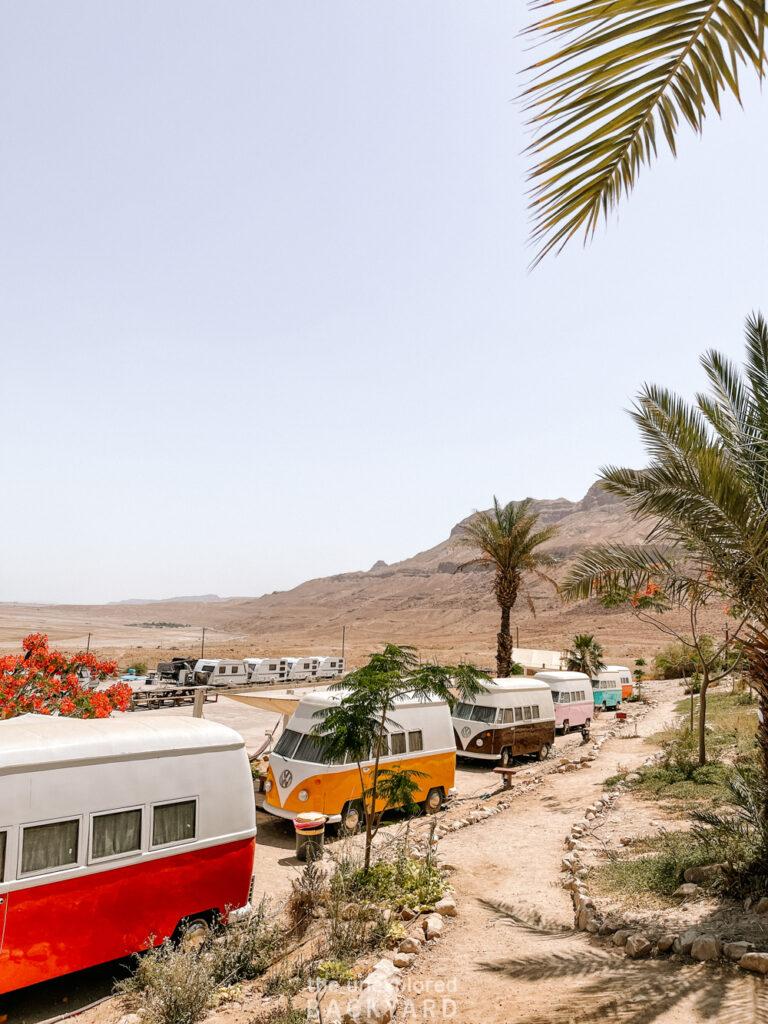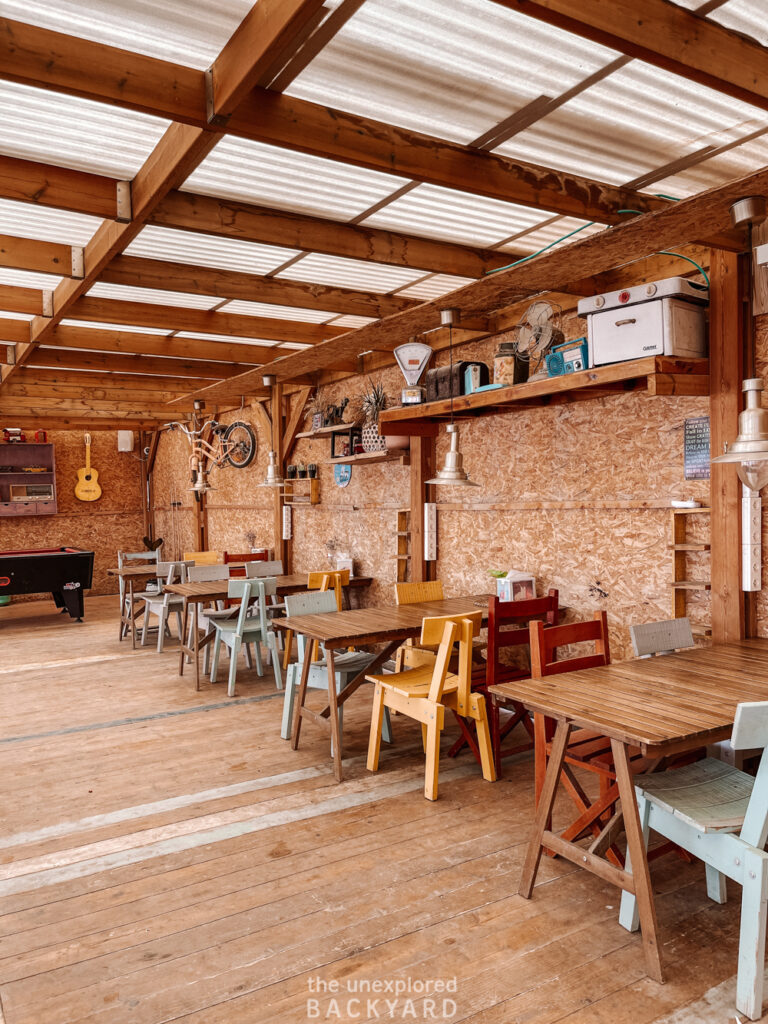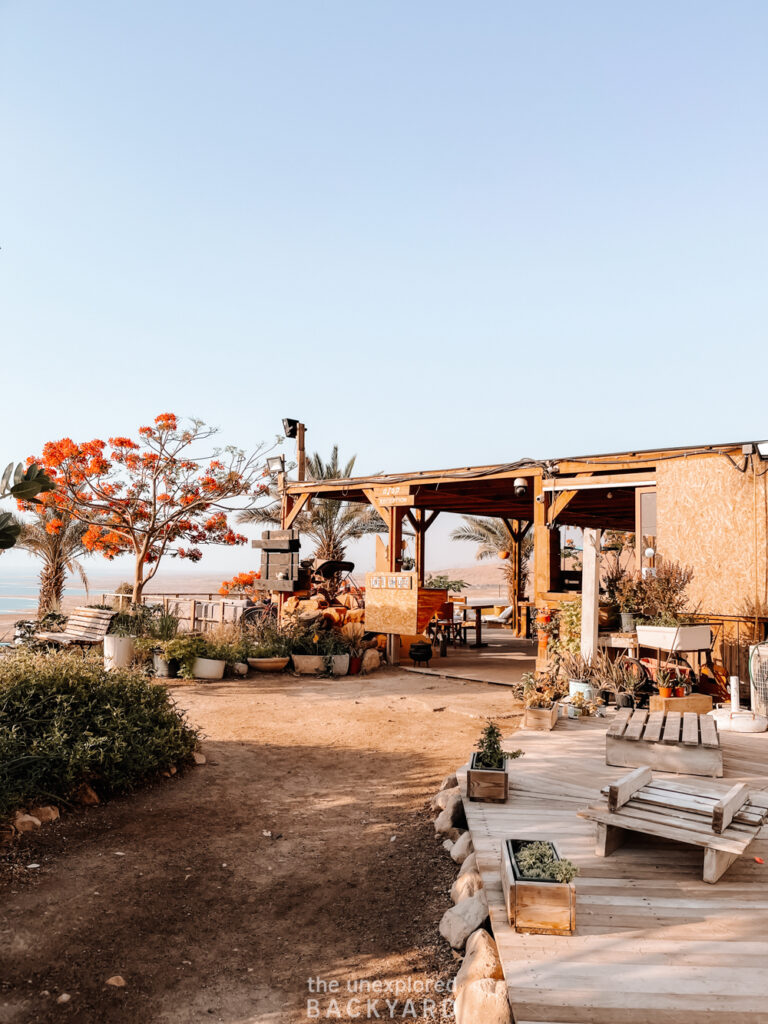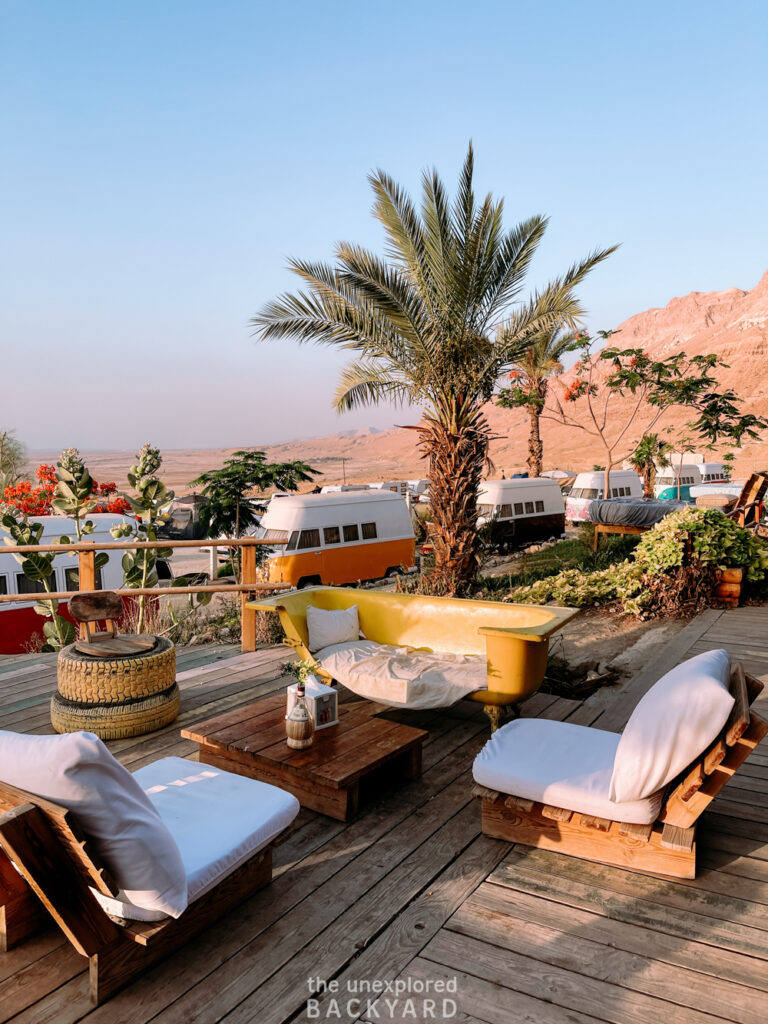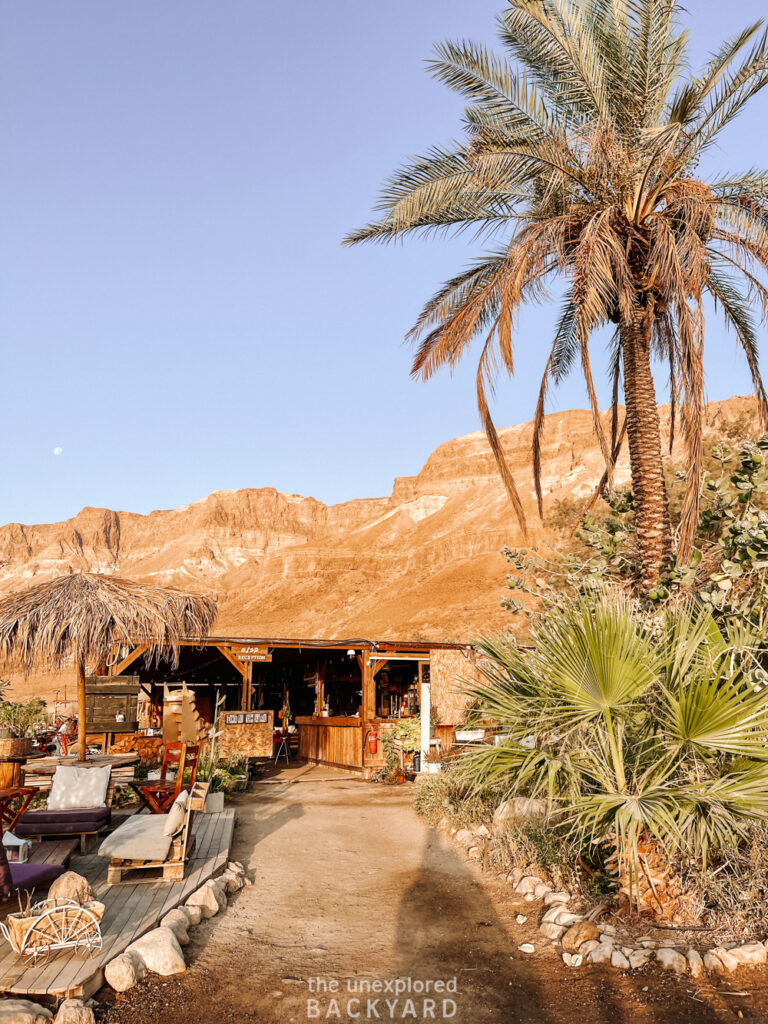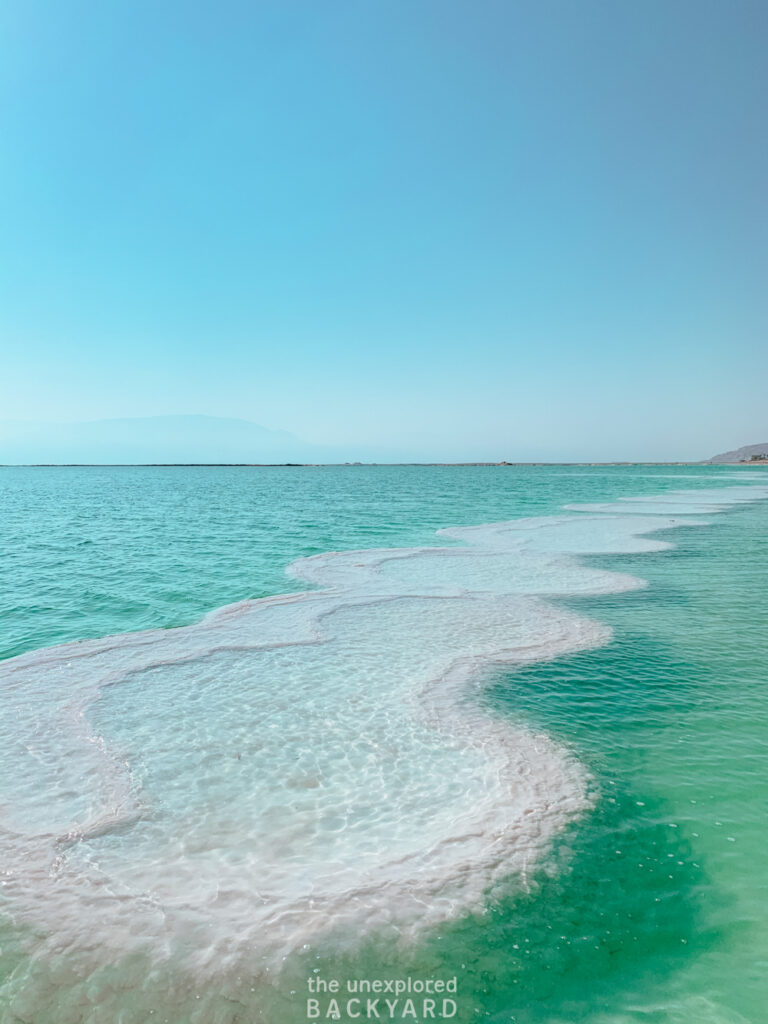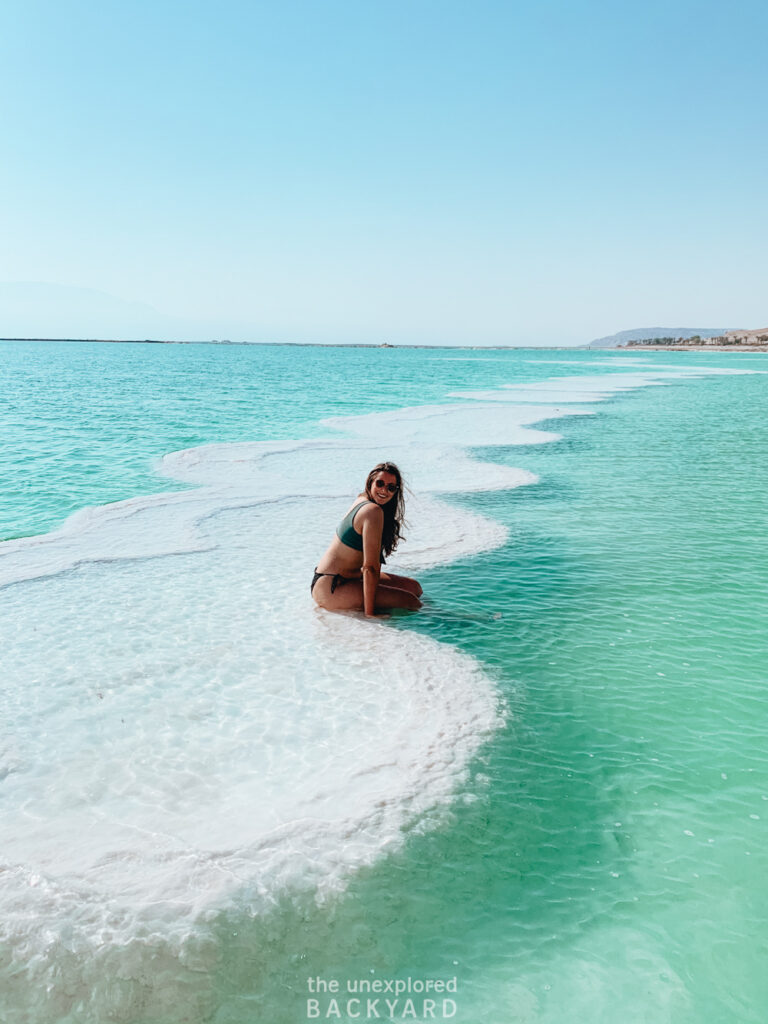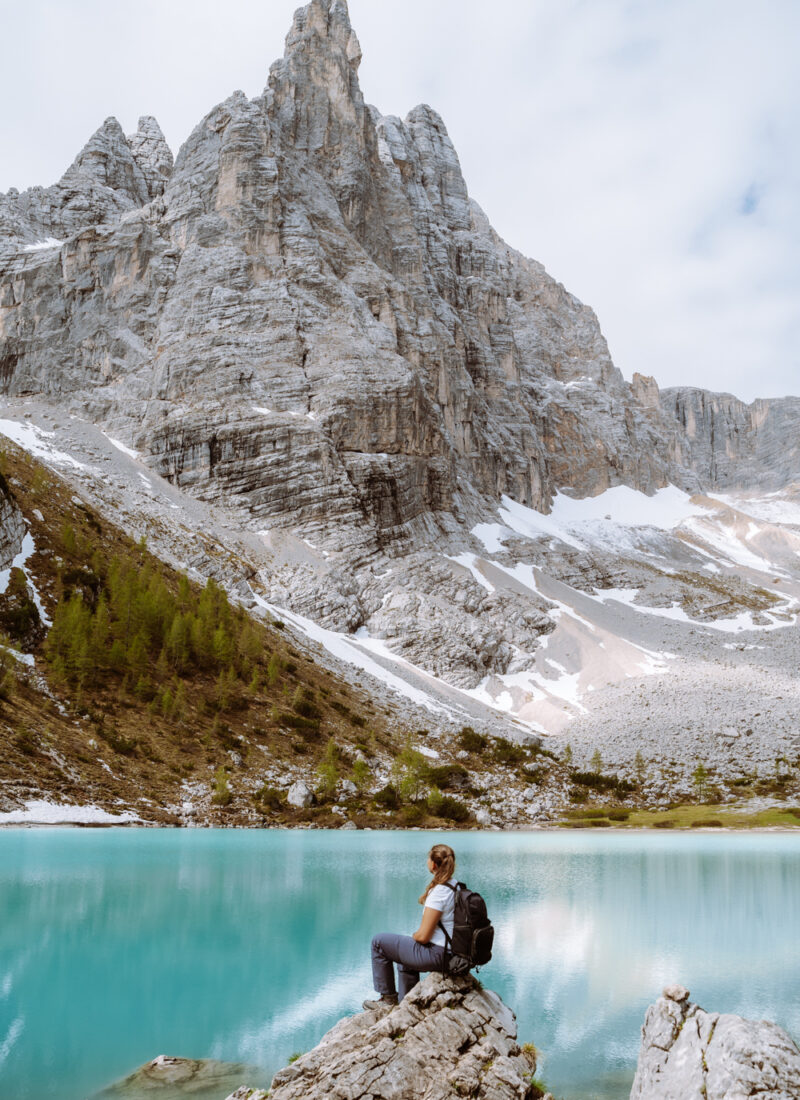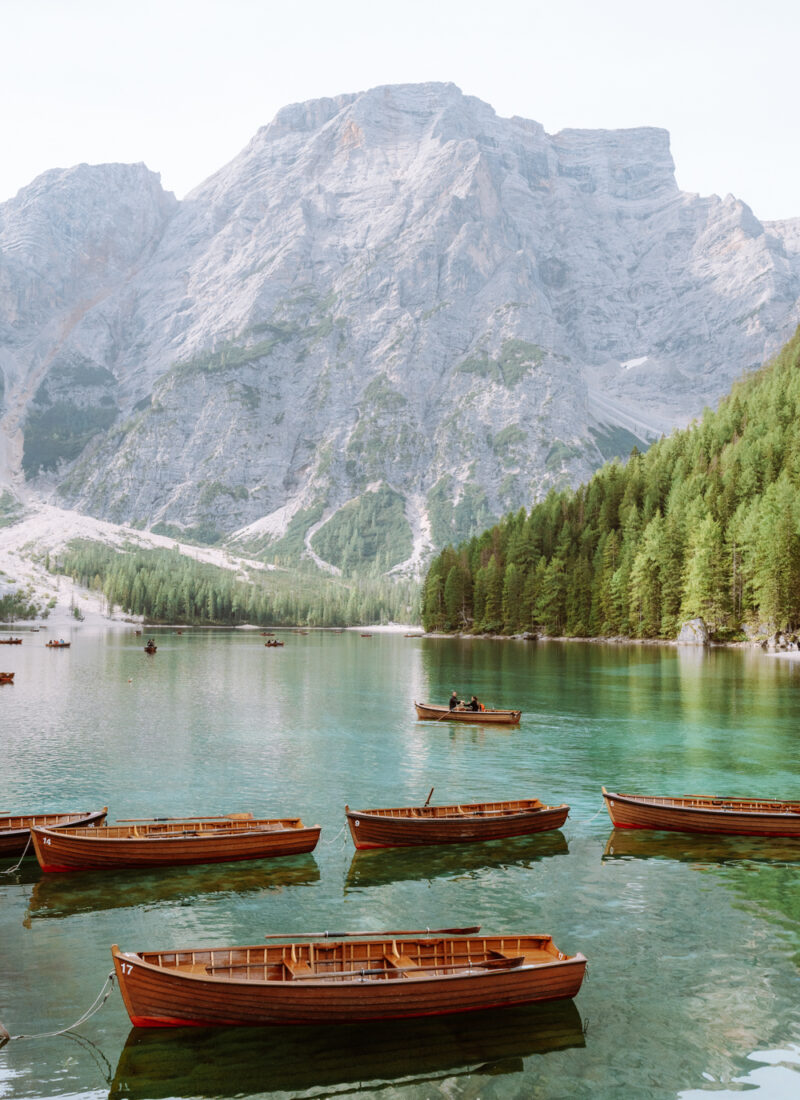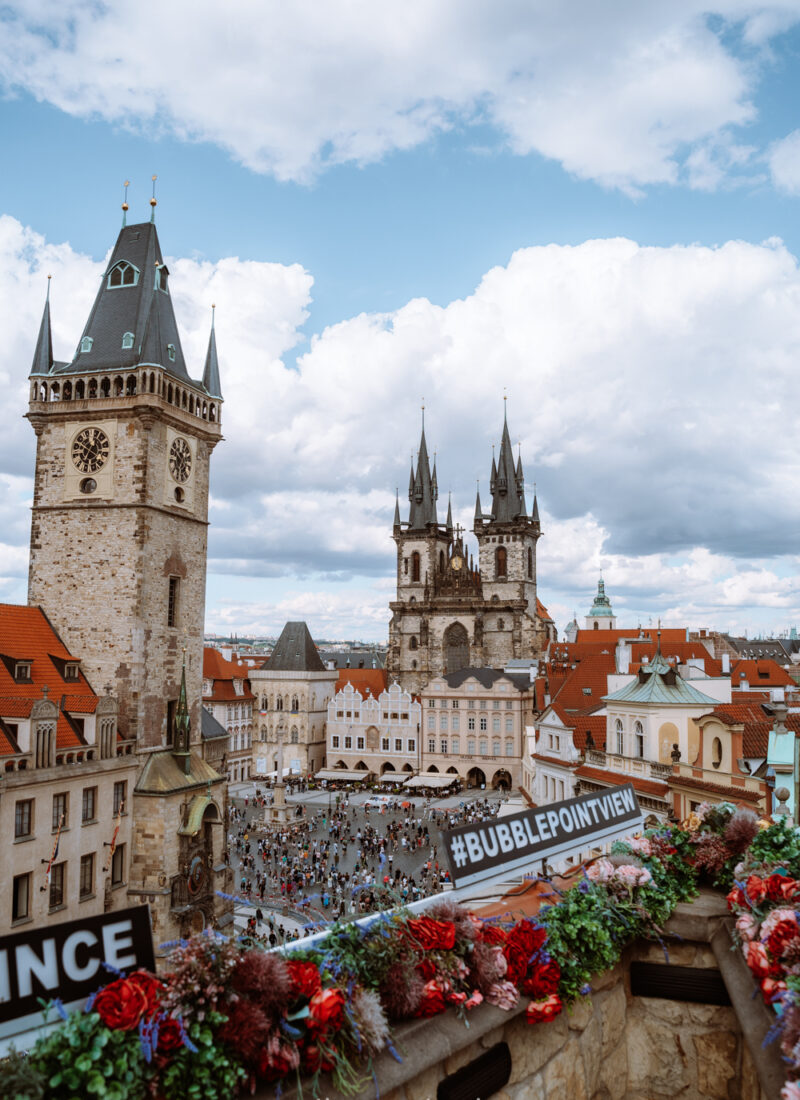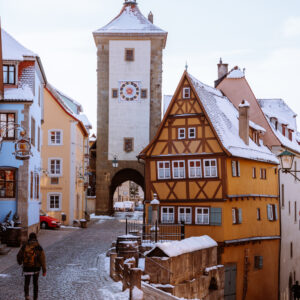This post may contain affiliate links. By purchasing through my links you can help support me at no additional cost to you, thank you!
Welcome to the lowest point on earth – the Dead Sea. This post will go over how to get here, where to stay, and fun activities to enjoy your visit to this unique location!
As an Israeli, this is one of the locations I am most proud of when considering all of the natural beauty in our country. The Dead Sea, famously known as the lowest point on Earth, is truly a unique location. With the desert views, to the clear blue water, it is absolutely breathtaking. A little extra tip as to why you should come to enjoy the Israeli side is because you have the view of Jordan. It is well known that Jordan has higher mountains than we do, so you can enjoy them from your view.
The best time to visit the Dead Sea is either during the spring or autumn months when the weather is warm but not too hot to be active. There are lots of hiking options, however, I have chosen to include the ones which have natural springs throughout. This way you can cool off during your hike and enjoy it without rushing back to the AC. In addition, there are many different general activities in the area, however, I have hand-picked the best ones for those who only have 1-3 days to spend here.
Safety Advice:
While this area is truly magical, it can also be very dangerous if you are not cautious. First of all, it gets extremely hot here during the summer, so try to avoid a vacation here between late June – September. During these months, the weather easily goes up to almost 40°, making it unbearable to enjoy the outdoors. In addition, the winter here can also be a little dangerous due to flooding. When there is heavy rain in the center of Israel, the water usually ends up washing into the rivers in the desert. Due to the dramatic cliffs here, a flood can occur in a matter of a few minutes. Saying this, it does not rain very often in Israel, so as long as you check the weather forecast beforehand, you should be fine.
Sinkholes:
Lastly, there are unfortunately many sinkholes around the Dead Sea. This is because the sea is shrinking, so water that used to be below the surface vanishes. This causes cavities below the surface, so the land eventually collapses. The sinkhole phenomenon is more frequent in the northern part of the Dead Sea. In the southern part, the sea is quite artificial due to the mining of minerals. While this is bad for the preservation of the Dead Sea, it does mean that the area is highly controlled and there are no real risks of sinkholes here.
While you should be cautious of this phenomenon, it does not mean that it is too dangerous to visit the Dead Sea. The area is constantly being studied by scientists who can nowadays predict rather accurately if a sinkhole is going to appear. As a general rule of thumb, only stay on the main roads, and avoid hiking down to the shoreline where there isn’t an organized beach. If you are interested in learning more about the sinkholes appearing here, you can read about them here.
This post is all about things to do at the Dead Sea.
5 Of The Best Things To Do At The Dead Sea
1. Hike Nahal David (“David River”)
This is by far my favorite hike in all of Israel. Although it is a bit challenging, with enough breaks anyone in moderate shape can do it, and the views are guaranteed to be worth it. The entire hike is around 10 km and takes around 5 hours including breaks at the viewpoints. However, we did not stop on the actual trails other than for a few photos, so take another hour or two into account so you don’t feel rushed. Make sure to bring 3 liters of water per person and lots of snacks/meals. Lastly, don’t forget your swimsuit, preferably wear it under your hiking clothes as there won’t be isolated places where you can change.
This hike is located inside the Ein Gedi Reserve, which is unfortunately not free to enter. The prices differ depending on age, so here is a link to their website. In addition, this hike starts at another spot than the main entrance, so make sure to reserve your visit online. Because the main viewpoint location is quite small, make sure to start your hike at 8:00 when the reserve opens, for the best chance of enjoying it for yourself.
The hike starts at the top of the Ein Gedi Field School, which is located just above the main parking lot. You can either park by the main entrance or up the hill by the school. Then walk to the edge of the school towards the hiking trails, where you will see a metal door and fence. Call the entrance on the intercom and give them your reservation number, they will then unlock the door for you to enter.
Directions to the Viewpoint:
Unfortunately, the trail cannot be mapped out on google maps, so make sure to grab a physical copy of the trails at the main entrance to the reserve. Unfortunately, I cannot add an image of the map, but you can find it here and follow the instructions below.
Start your hike by the Ein Gedi Field School and walk along the black path. When you reach an intersection, change to the red path and continue for around 30 minutes. As you can see on the map, there is a small bend where you hike a bit downwards, and then the red trail continues to the green trail. Do not continue on the green trail as you won’t reach the viewpoint. At the spot indicated on the map, you will see a third trail that will not necessarily have any color indication to it. It is called the “grey” or invisible trail, but you cannot miss it. Follow this path for around 10 minutes to reach the beautiful viewpoint called “Gev Halon”
Please note that the “grey” path is a little tricky as it requires you to go down some large holes as can be seen in the photos below. While this is completely doable, and there are also some metal platforms at some of the harder spots, do this part slowly and cautiously. Luckily, once you have finished this part, you will be immediately rewarded with the best view in Israel.
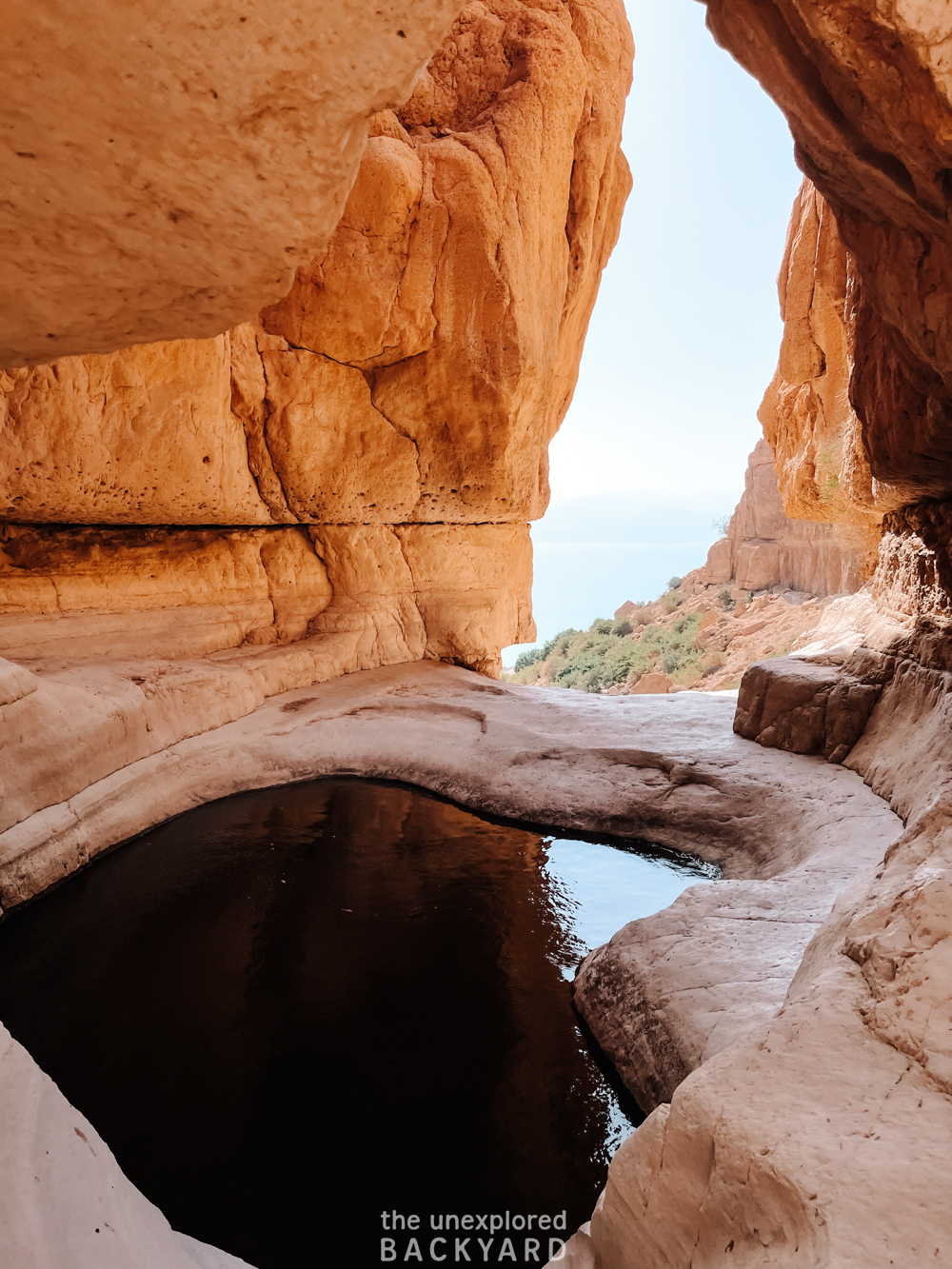
Directions for the rest of the hike:
After spending as long at this viewpoint as you would like, you need to hike the same path back to the last intersection. From there continue to the green path and hike towards the Dodim Cave which will be indicated on your physical map. Along the way you can find small natural springs, which you can hop into to cool off. Alternatively, wait until the Dodim Cave, which has a beautiful waterfall and a shallow pool you can relax at. Spend some time here, and once again you can enjoy a beautiful view over the Dead Sea.
Once you are ready to continue, simply follow the path down to the family-friendly path at the bottom of the river. Here you can find David’s Waterfall, which is a beautiful spot to check out before you leave the reserve to finish the hike. Unfortunately, you will leave the reserve from the main entrance, so if you parked by the Field School, you have another small hike until you are completely done.
2. Hike Nahal Arugot (Wadi Arugot)
This second hike is much shorter and includes a deeper natural spring. Keep this in mind when planning your trip here, as this hike is better suited for a later start. This hike is also part of the Ein Gedi reserve, so once again you will need to pay to enter. Although this, it is located a bit further away from the main entrance, so drive directly to where the map says that the trail starts. There will be a large parking lot in front of the main entrance where parking should be free.
The hike to the large natural springs here is very straightforward, as there are only 2 route options and the springs are at the end of the route. Simply follow the red route until it splits and continues up a hill, there change to the blue route until the end. The way back will be the same, and along the route, there is a “secret waterfall” that I highly recommend making a detour for. It can become quite popular and is not very big, so consider stopping here first. When you reach the end pools, enjoy the refreshing water and relax in the shade. The entire hike is only around 3-4 km and takes around 2-3 hours depending on how long you stay at the end spot.
The Ein Gedi reserve is filled with many more hikes, so if you have the time, consider hiking to some other spots within the reserve. Most trails can also lead you to the top of a mountain, from which you can enjoy beautiful views of the Dead Sea. In general, the two hikes above are simply my favorites as you can enjoy some natural springs along the way.
3. Camp in Caravans
Enjoy the nature around you in the best way possible, by camping in the Ein Gedi Camp Lodge. Here you can either rent a colorful caravan, a family-friendly tent, or even an RV. If you would like to camp in a tent, you can also reserve some land for that, and enjoy all the camping facilities. There are fully accessorized outdoor kitchens here, so you can bring food to prepare, or dine in the lodge restaurant. This lodge is beautiful, authentic, and best of all provides beautiful views of the Dead Sea. Click here to reserve a spot at the camp lodge.
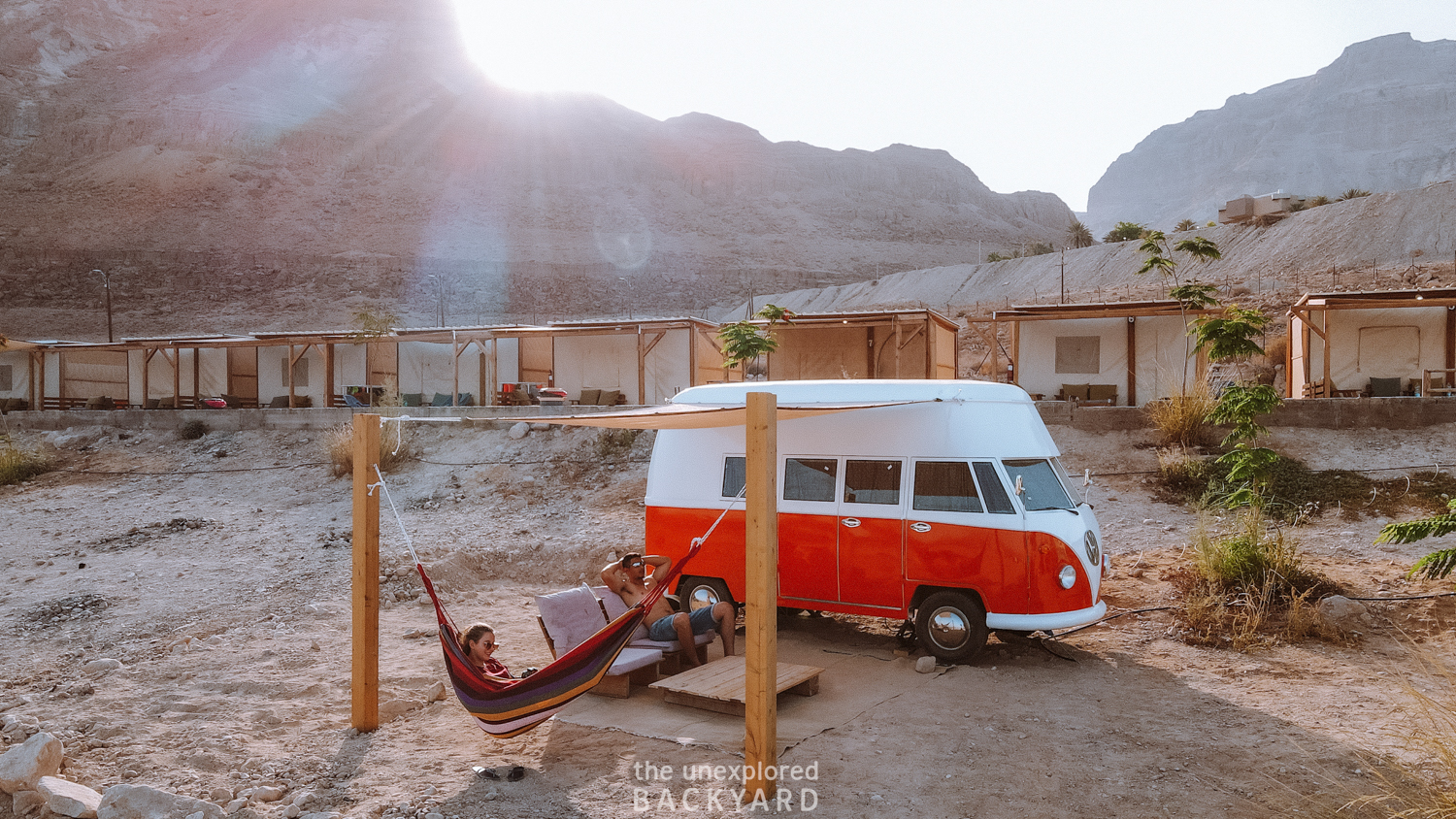
4. Visit the Salt Islands
This is one of the most beautiful spots in all of Israel and has become quite popular among tourists and locals alike. These salt islands are in the water but only about a 5-minute walk from the shore, and the water is shallow so they are easy to reach. The best time to visit the islands is at sunrise or early morning when the light is still low, and the weather a bit cooler. Make sure to wear shoes in the water as the salt islands are sharp and will cut your feet.
To reach the islands simply navigate to the south of the last hotels along the water. Then you will see a roundabout and after it a small construction site by the water. On the other side of the road, there will be a gravel parking lot where you can park your car and head down to the salt islands. You will see them from the parking lot, and it will only take about 10 minutes to reach them.
5. Float in the Dead Sea and Rub Some Mud On
Of course, no trip to the Dead Sea is complete without floating in the water. This is extremely fun and relaxing, so make sure you put on a lot of sunscreen as you can float for hours. Because the water is extremely salty, if you have any open wounds it will sting. In addition, do not shave in the days leading up to your visit as that will also string and make it less enjoyable. While most of the beaches cost money to access, there are some public ones in the southern part by the hotels. Although this, the water here is more artificially controlled and there actually isn’t any of the famous Dead Sea mud here. If you want the authentic experience, where you can rub some mineral-rich mud on yourself straight from the water, check out the beaches in the northern area of the Dead Sea.
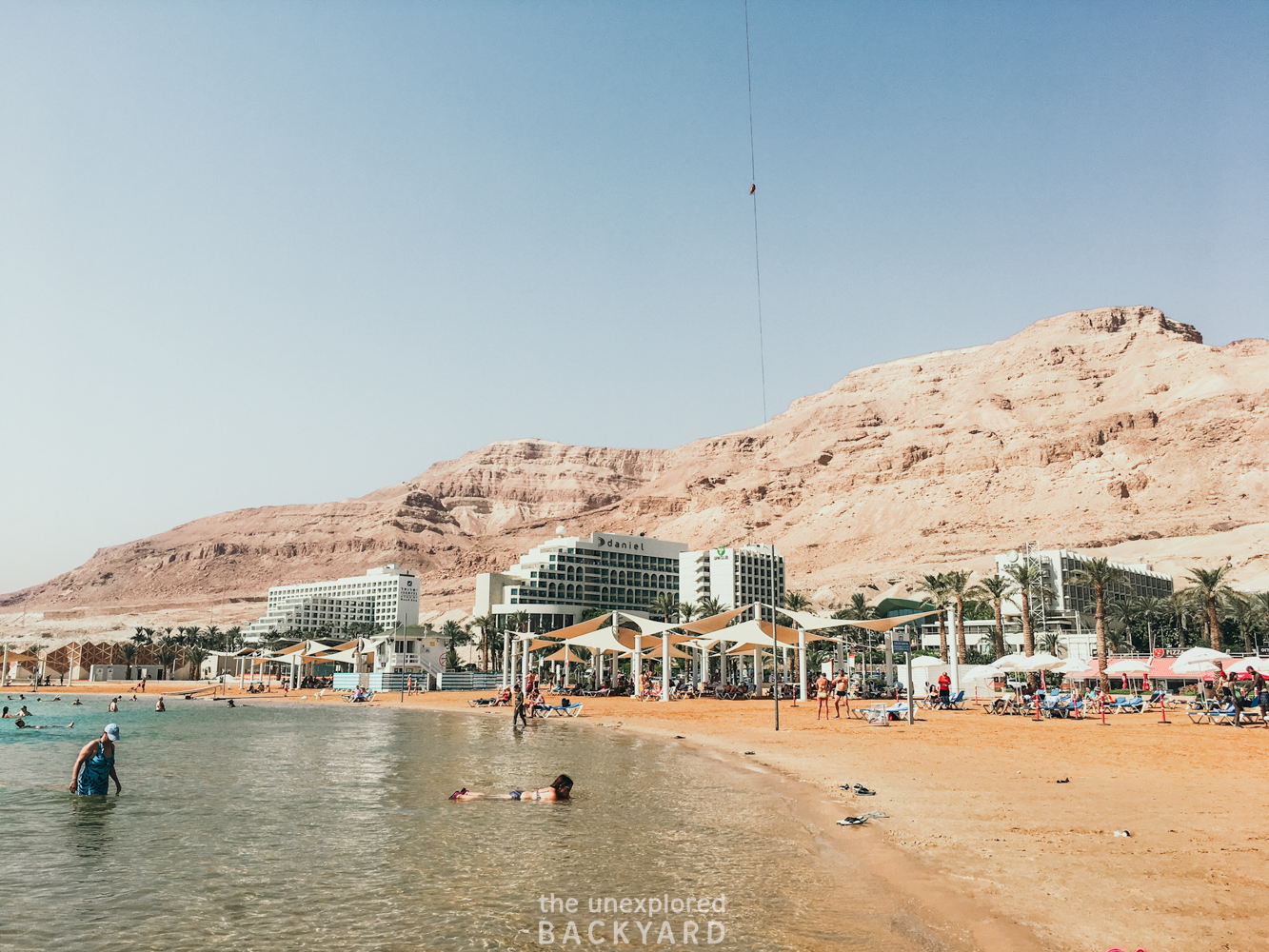
While there are many things to do at the Dead Sea, these are the top 5 things to do here for the best experience. If you have some more time, I recommend doing a sunrise hike up to Masada, which is an old fortress at the top of a mountain facing the Dead Sea. While you can hike up here at any time of the day, the sunrise hike will reward you will beautiful light and cooler weather.
The Dead Sea is such a unique location, that unfortunately, we may not be able to enjoy in a few decades, so I urge you to visit this gem while you still can.

